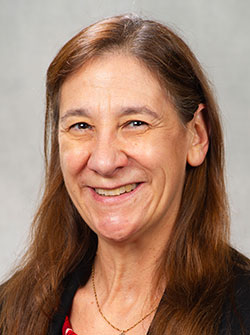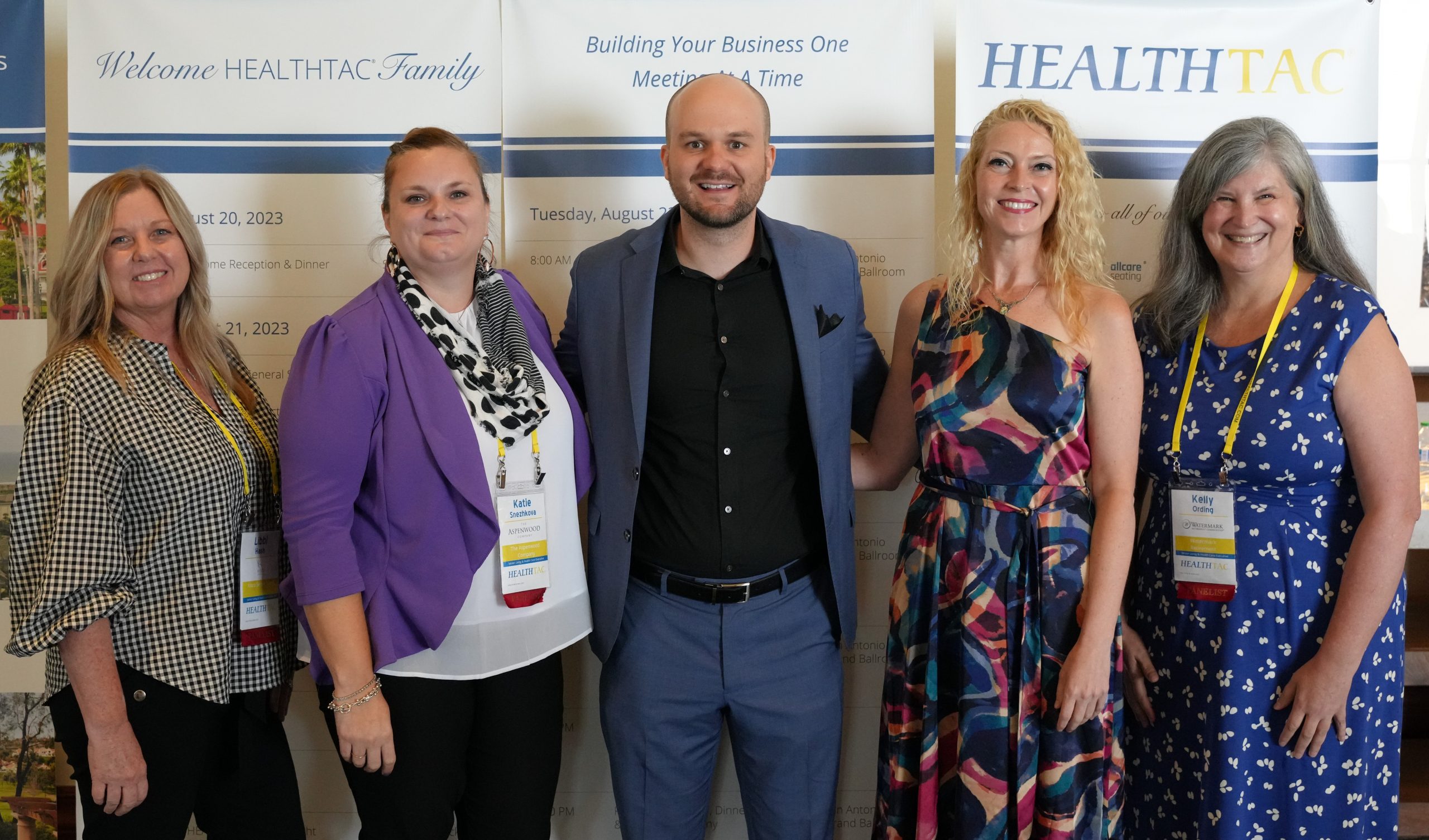
Dr. Julie Smirl Provides Insight into Challenges Facing Senior Living Industry Workers
By Olivia Beaton | July 22, 2020
The COVID-19 pandemic has posed extreme challenges for Senior Living Communities across the country. The biggest concern for facilities has been implementing precautions and procedures to assure the safety of all residents. The staff in senior living communities have been a part of the front-line workers battling COVID-19 and have had to quickly adapt to the unimaginable. Dr. Julie Smirl, Assistant Professor in Bradley University’s Online Masters of Counseling Program has in-depth insights on the challenges facing senior care workers as well as how to overcome them.
Dr. Smirl has witnessed several obstacles that senior community staff members have had to overcome during the pandemic. Typically, senior living communities have several shifts of workers coming in to assist in the care for the residents, which can cause an increased opportunity for exposure to COVID-19, both for the staff and for the residents. By implementing safety and cleaning protocols, facilities can reduce the possibility of exposure.
Smirl says, “these facilities are often are understaffed, which increases stress on the workers and the patients who rely on their care.” The care providers have become oftentimes not only the sole care providers but also the sole interactions that the residents have during this time of isolation. The increased responsibilities sparked by the pandemic create higher stress levels, as workers feel they have to provide both emotional and physical support at a higher rate. While selflessly taking care of others, staff also have had to carry on with fears of taking home the virus to family members or becoming ill themselves.
With these added challenges and stressors in mind, Dr. Smirl has seen successful ways that facilities can support their workers and adapt to the quickly changing environment. She suggests that “administration can provide support for their staff in many ways to assist with providing breaks from added stress.”
Some methods include providing self-care activities and coping skills to aid them in taking care of their own well-being so that they can come to work each day refreshed and able to continue to care for the residents. Another way to alleviate stress from both staff and residents is to utilize technology to keep connections to the outside world. Dr. Smirl encourages communities to use technology as a resource to keep residents engaged socially with family members and friends so they are not solely reliant on staff for social interaction.
As we move forward, Dr. Smirl believes that facilities will need to continue to adapt as the times change. She says, “facilities will need to continue to plan for the provision of sufficient staff to provide increased care based on the ever-changing needs of their patients.” And for staff, she suggests providing opportunities to acknowledge and appreciate them for their continuous dedication and outstanding efforts.





